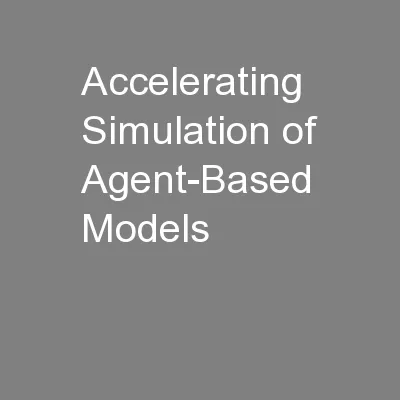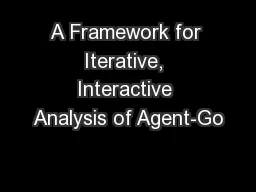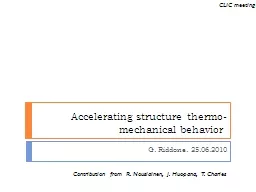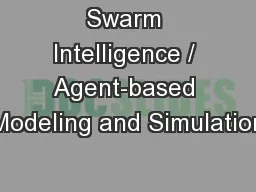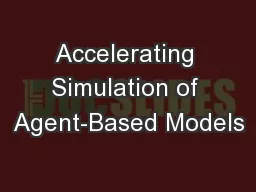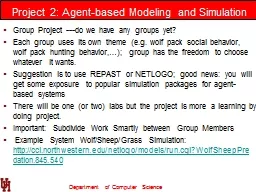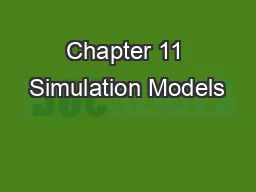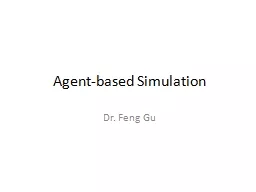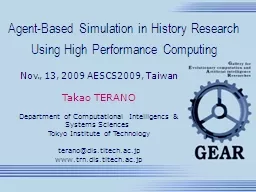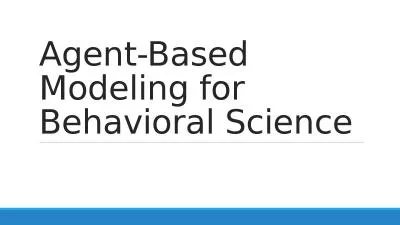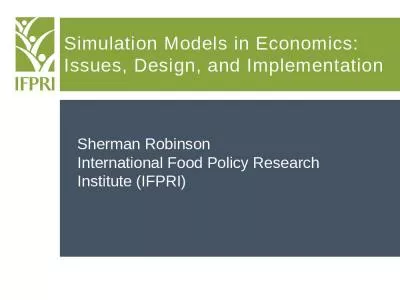PPT-Accelerating Simulation of Agent-Based Models
Author : alida-meadow | Published Date : 2016-05-17
on Heterogeneous Architectures Jin Wang Norman Rubin Haicheng Wu Sudhakar Yalamanchili Georgia Institute of Technology AMD The author is now affiliated
Presentation Embed Code
Download Presentation
Download Presentation The PPT/PDF document "Accelerating Simulation of Agent-Based M..." is the property of its rightful owner. Permission is granted to download and print the materials on this website for personal, non-commercial use only, and to display it on your personal computer provided you do not modify the materials and that you retain all copyright notices contained in the materials. By downloading content from our website, you accept the terms of this agreement.
Accelerating Simulation of Agent-Based Models: Transcript
Download Rules Of Document
"Accelerating Simulation of Agent-Based Models"The content belongs to its owner. You may download and print it for personal use, without modification, and keep all copyright notices. By downloading, you agree to these terms.
Related Documents

